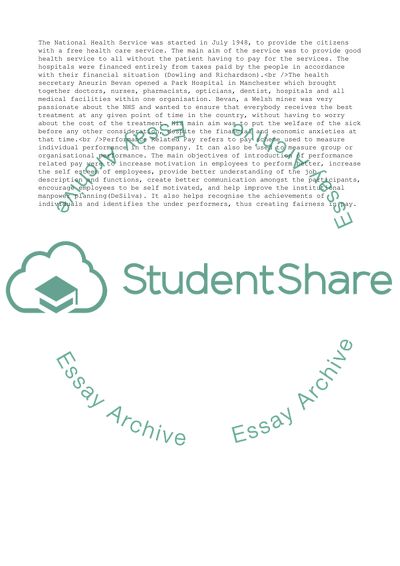Cite this document
(Implementing Performance Related Pay in to a Company Case Study, n.d.)
Implementing Performance Related Pay in to a Company Case Study. https://studentshare.org/business/1728367-human-resourcing-and-rewards
Implementing Performance Related Pay in to a Company Case Study. https://studentshare.org/business/1728367-human-resourcing-and-rewards
(Implementing Performance Related Pay in to a Company Case Study)
Implementing Performance Related Pay in to a Company Case Study. https://studentshare.org/business/1728367-human-resourcing-and-rewards.
Implementing Performance Related Pay in to a Company Case Study. https://studentshare.org/business/1728367-human-resourcing-and-rewards.
“Implementing Performance Related Pay in to a Company Case Study”. https://studentshare.org/business/1728367-human-resourcing-and-rewards.


